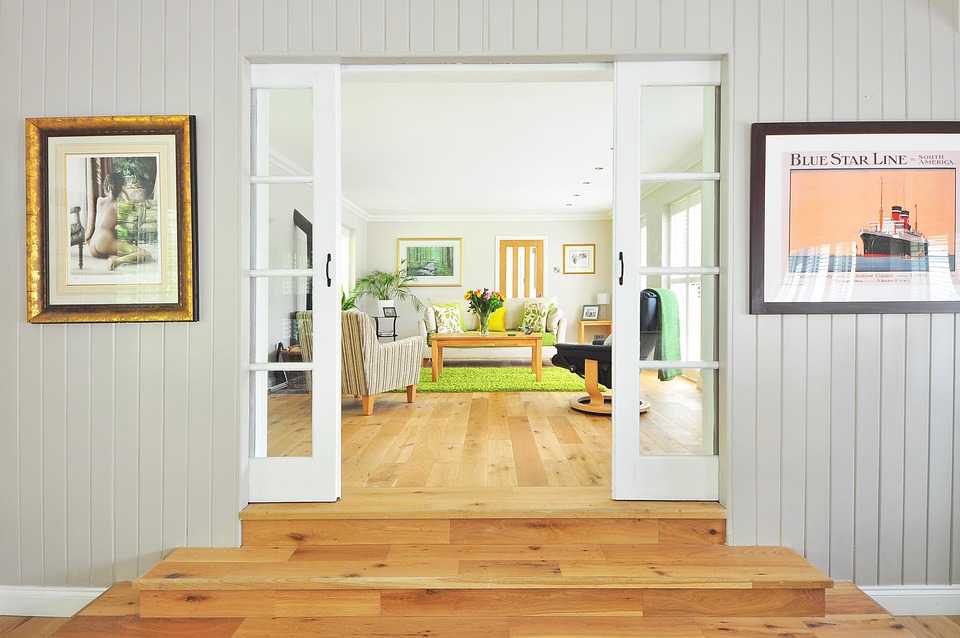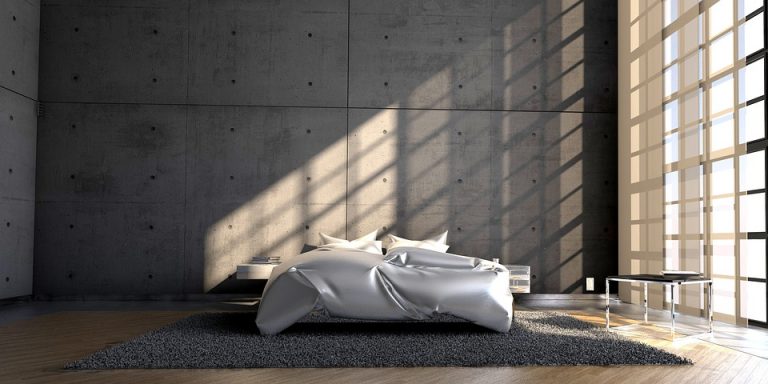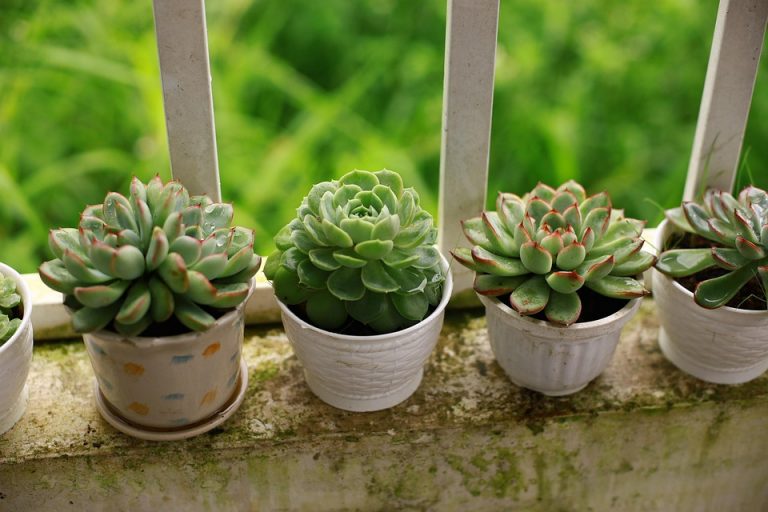Budget-friendly home decor is the art of making your space feel polished, personal, and peaceful without emptying your wallet. It matters because your home shapes how you move through the day, how you rest at night, and how you welcome the people who matter. You deserve a place that looks like you and supports the life you want — not a showroom you can’t afford.
Contents
- Why Budget-Friendly Home Decor Works
- 1. Start With a Clear Plan
- 2. Refresh With Paint And Small Changes
- 3. Use Textiles To Add Warmth And Style
- 4. Shop Smart: Secondhand And Upcycling
- 5. Edit Ruthlessly: Declutter With Purpose
- 6. Create Focal Points With Affordable Art
- 7. Light Layers For Mood And Function
- How To Make Every Dollar Count
- Style That Tells Your Story
- Common Mistakes To Avoid
- Real-Life Examples That Inspire
- Bottom Line
- FAQ
Why Budget-Friendly Home Decor Works
You don’t need deep pockets to feel wealthy at home. Small, smart changes make a room read as intentional and curated. Research from behavioral science shows our surroundings affect stress levels and productivity, so a thoughtful, thrifty approach to design is actually an investment in your well-being. When you choose cost-aware solutions, you control the narrative of your home.
1. Start With a Clear Plan
A plan saves money and heartache. Take five minutes to write down what you want each room to do. Do you crave calm, energy, or a place for friends? Measure the big pieces you own. Snap photos. Decide on two anchor colors and a mood word.
This tiny process prevents impulse buys. It keeps your decisions aligned and helps you spot real bargains. It also makes secondhand and DIY options feel purposeful, not desperate.
2. Refresh With Paint And Small Changes
A fresh coat of paint changes everything. You can transform a tired room with one weekend and a modest budget. Choose paint with low VOCs for healthier indoor air and look for sample pots to test color under your light.
If painting large areas feels risky, paint a door, a mantel, or the inside of a bookshelf. Swapping knobs, changing light bulbs to warm LEDs, and adding trim or a peel-and-stick backsplash deliver high visual impact for low spend. These are classic tricks interior designers use to fake value.
3. Use Textiles To Add Warmth And Style
Textiles are the quickest way to change mood. Pillows, throws, curtains, and a rug can make a room feel finished and cozy. Layer patterns and textures to create depth without matching everything.
Look for sales, thrift finds, or simple DIYs — like sewing a pillow cover from an old sweater. Even swapping bed linens between rooms gives a house a fresh rhythm. Smart textiles are a low-cost route to luxury.
4. Shop Smart: Secondhand And Upcycling
Secondhand shopping is not a sign of compromise — it’s a sign of taste. Vintage finds add personality. When you spot a piece with good bones, imagine it sanded, painted, and dressed up with new hardware.
Local thrift stores, online marketplaces, and flea markets are treasure troves. You’ll find better quality wood and materials than mass-market furniture. Upcycling turns thrift into triumph and keeps money out of landfills — that’s both savvy and responsible.
5. Edit Ruthlessly: Declutter With Purpose
Clutter kills style. Keep what delights and let go of what drains. A decluttered space looks more expensive and functions better. Start with one drawer or one shelf and make it shine.
Use baskets, trays, and hidden storage to keep surfaces tidy. Scientists studying cognitive load report that simpler environments reduce stress and free up mental energy. Your home should give you room to breathe, not something else to manage.
Quick Declutter Checklist
- Sort: Keep, donate, recycle, trash.
- Group: Store like with like.
- Hide: Use closed storage for visual relief.
- Keep one statement item per shelf.
6. Create Focal Points With Affordable Art
Art doesn’t have to be original or expensive to move you. A gallery wall of prints, framed maps, or family photos creates a narrative. You can frame fabric swatches, wrapping paper, or DIY prints.
Look to university museums, public domain artwork, and high-resolution scans you can print affordably. Rotating what’s on the wall keeps the room lively without continuous spending.
7. Light Layers For Mood And Function
Lighting is one of the most underrated elements of design. Layer ambient, task, and accent lights to make a space feel intentional. A lamp with a warm bulb changes a reading nook. String lights or battery-operated LED candles add soft warmth without wiring.
Consider dimmers for overheads — they’re affordable and give you control. Good lighting makes furniture look better and hides small imperfections.
Practical Shopping And Savings Tips
- Buy off-season: Rugs and pillows are cheapest in transitional months.
- Follow local resale pages and set alerts.
- Prioritize big-ticket essentials; accessorize later.
- Invest in a few quality tools: paintbrushes, a good screwdriver, and a sewing kit.
How To Make Every Dollar Count
Focus on items that change the room’s scale. A midsize rug anchors seating. Mirrors make a space feel larger and brighter. Reupholstering a chair is cheaper than buying new and gives you a custom look.
When comparing prices, calculate cost per year. A well-made item that lasts five years is cheaper than three cheap replacements. Think long-term — the planet and your budget will thank you.
Color And Psychology: Use It Wisely
Color affects mood. Soft blues calm; warm terracottas energize. Choose colors that support how you use each room. Research on environmental psychology highlights predictable patterns: cool tones soothe; warm tones stimulate.
Test paint in both daylight and evening light. Colors shift with light and furnishings, so small samples save big regrets.
Sustainable Choices That Save
Buying less and choosing better is both eco-wise and budget-smart. Look for reclaimed wood, organic textiles, and low-VOC finishes. These choices often outlast cheaper alternatives and reduce hidden costs like frequent replacement or health impacts from poor materials.
Many cities run freecycle programs or community swaps, where your next standout piece could cost nothing but the effort to pick it up.
Style That Tells Your Story
The most expensive-looking rooms are the ones that feel personal. Display what matters: a travel find, a stack of beloved books, or a heirloom. Style is less about matching and more about storytelling.
Create vignettes — a lamp, a plant, a small sculpture — to show intention. When each surface has a purpose, the room reads as edited and thoughtful.
Common Mistakes To Avoid
Don’t match everything. Matching is safe but soulless. Avoid cheap materials that show wear quickly. Don’t buy for trends only; trends fade, style endures.
Resist the urge to overfill a space. Negative space is a design tool. A thoughtfully empty corner gives the eye a place to rest.
Real-Life Examples That Inspire
One family repainted a living room, swapped cabinet knobs, and added a rug — total cost under a hundred dollars — and created a space they’d happily host in. A young professional refinished a thrift dresser and paired it with secondhand chairs to build a dining area that felt curated and expensive.
These are not flukes. The strategy is consistent: plan, prioritize, and add layers. Your budget becomes a lens, not a limit.
Bottom Line
Bold choices, small budgets, big results. When you approach home design with intention, resourcefulness, and a little elbow grease, you create spaces that feel like you and function for your life. Budget-friendly home decor isn’t about penny-pinching. It’s about curation, care, and courage.
You have everything you need to start. Pick one room, pick one change, and make it count. Your home will thank you.
FAQ
How Much Should I Spend On Budget-Friendly Home Decor?
Spend what feels sustainable for you. Start small: a paint sample, a rug swap, and one framed piece. Prioritize items that change scale and function.
Can Thrifted Items Look High-End?
Yes. Look for good materials and solid construction. A fresh coat of paint, new hardware, and creative styling will elevate thrifted pieces.
How Do I Choose Colors For Small Spaces?
Choose light, warm neutrals to open a small space, then add one or two accent colors for personality. Test swatches in different light throughout the day.
What If I Don’t Feel Creative Enough To DIY?
Start with small, guided projects like swapping knobs, hanging art, or sewing simple pillow covers. Tutorials from museums and universities can walk you step-by-step.
—————
References
Harvard T.H. Chan School of Public Health provides insights into how indoor environments affect health and well-being, including guidance on making healthier choices at home (http://www.hsph.harvard.edu/news/).
The U.S. Environmental Protection Agency offers practical information on indoor air quality and safer product choices for home projects (http://www.epa.gov/indoor-air-quality-iaq).
Frontiers in Psychology published research on color psychology and mood that helps explain why color choices in a home matter (http://www.frontiersin.org/articles/10.3389/fpsyg.2013.00081/full).
The National Institutes of Health hosts studies on environmental impacts on cognitive load and stress, relevant to how decluttering and design affect daily life (http://www.ncbi.nlm.nih.gov/pmc/articles/PMC3778637/).








